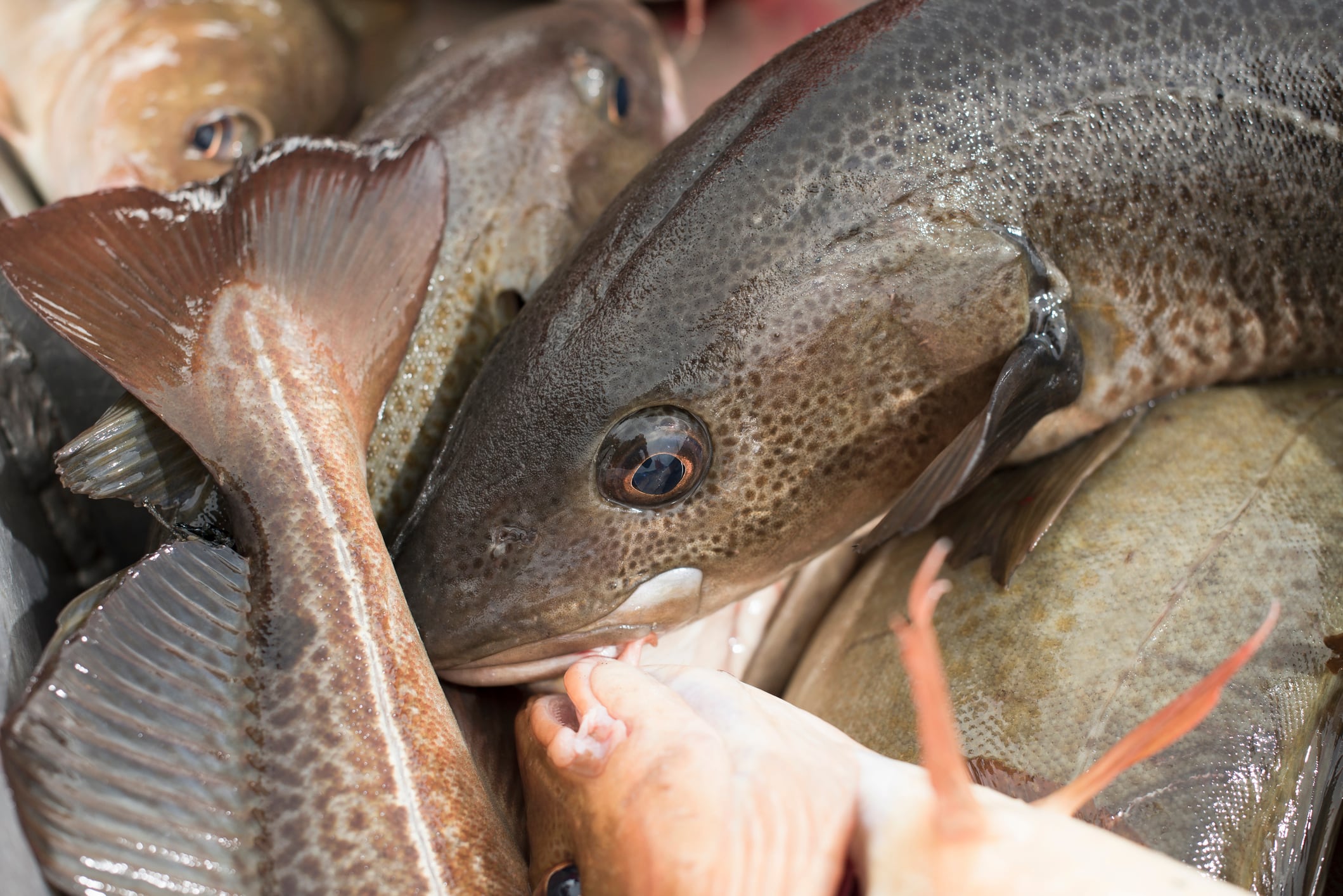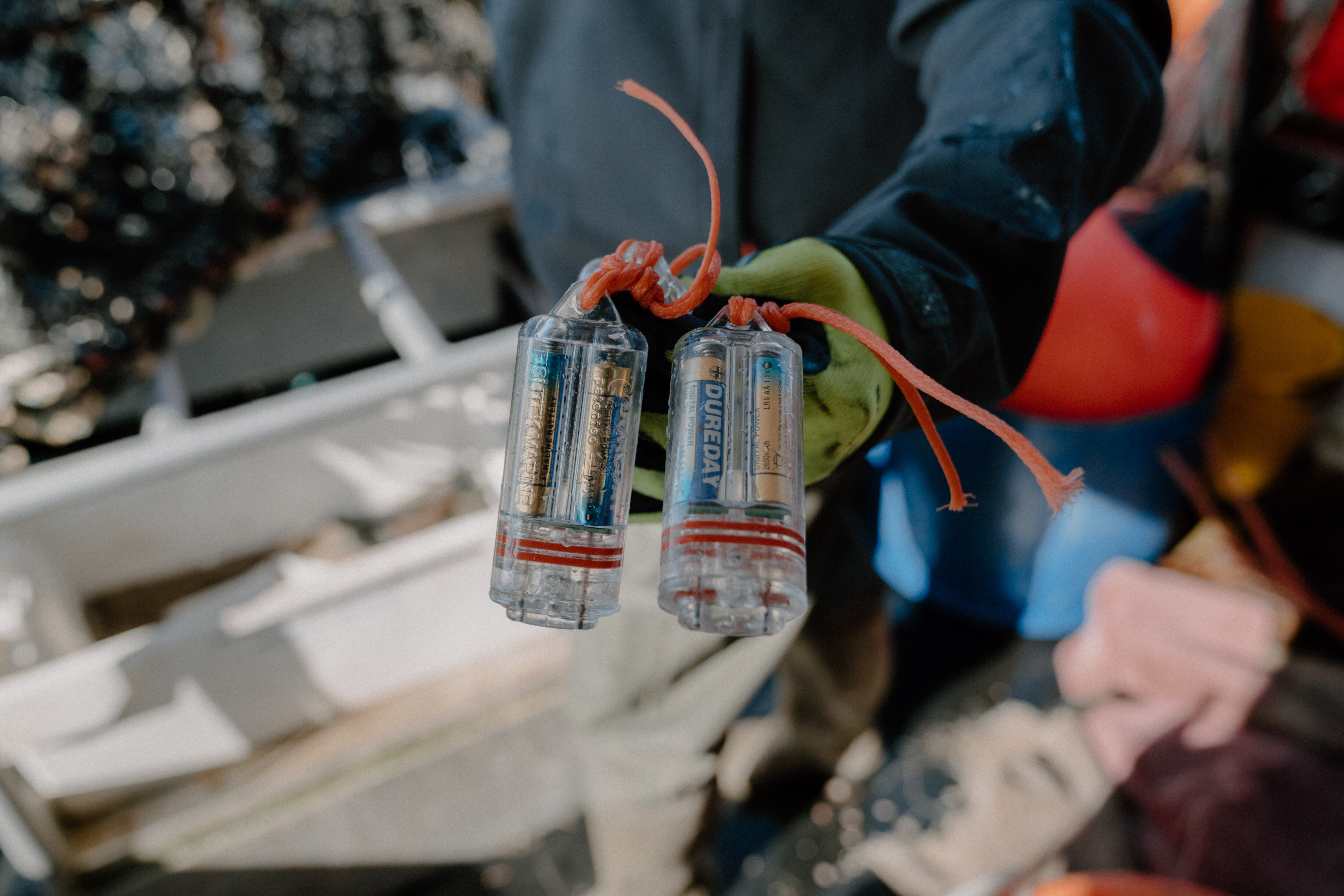Mariculture, the branch of aquaculture that farms saltwater seafood, accounted for about a fifth of the food farmed from fisheries in 2020.
The study, led by Deqiang Ma – postdoctoral researcher at the University of Michigan School for Environment and Sustainability – explored how strategic planning could reduce farm-scale mariculture impacts on marine biodiversity while expanding seafood production.
Demand for seafood is going up and mariculture production is growing rapidly to help meet that, said Ma. To predict the impact of that growth, Ma and an international team of researchers developed a model to assess mariculture’s effects on the populations of more than 20,000 species of marine fauna.
Best-case scenario
In a best-case scenario – building the most farm capacity in the areas with the lowest environmental impact – bivalve shellfish production could increase by 2.36-fold and ‘true’ fish, or finfish, could increase by 1.82-fold compared to current levels.
What’s more, global mariculture impacts would decrease by up to 30.5% under this best-case scenario. However, in a worst-case scenario where new farms are built in the areas that would have the most detrimental impact on biodiversity, it would be over four times worse than building them at random sites.
University of Michigan senior study author Neil Carter said the research underpinned the importance of strategic planning and working with experts from a variety of fields who can assess a wide range of considerations.
“It is critically important to leverage the growing insights across disciplines, whether it’s climate change science or economics or marine production,” said Carter. “All these different facets had to come together from other sources in order to make these forecasts.”
No silver bullet
Despite the positive predictions covered in the report, it also showed there wasn’t a one-size-fits-all solution to grow mariculture sustainably – opportunities for farm development are different in the South Pacific than they are along the coast of France, for example.
Even the decisions made to work toward the world’s best-case scenario could still have drawbacks. Developing mariculture had a negative impact on important and iconic marine mammals—including whales, seals and sea lions—in all the scenarios analysed by the team.
“With these insights, we can see that it’s not a foregone conclusion that the expansion of an industry is always going to have a proportionally negative impact on the environment,” Carter concluded.
“So, the next part of this is getting policymakers and communities to interact with each other to figure out how we can actually implement some of these ideas to reduce those impacts and to prioritize marine biodiversity.”
Meanwhile, aquaculture industry and animal protection organisation representatives met in the Scottish Parliament on 21 January to call for farmed fish to be granted the same legal protections afforded to land animals.




